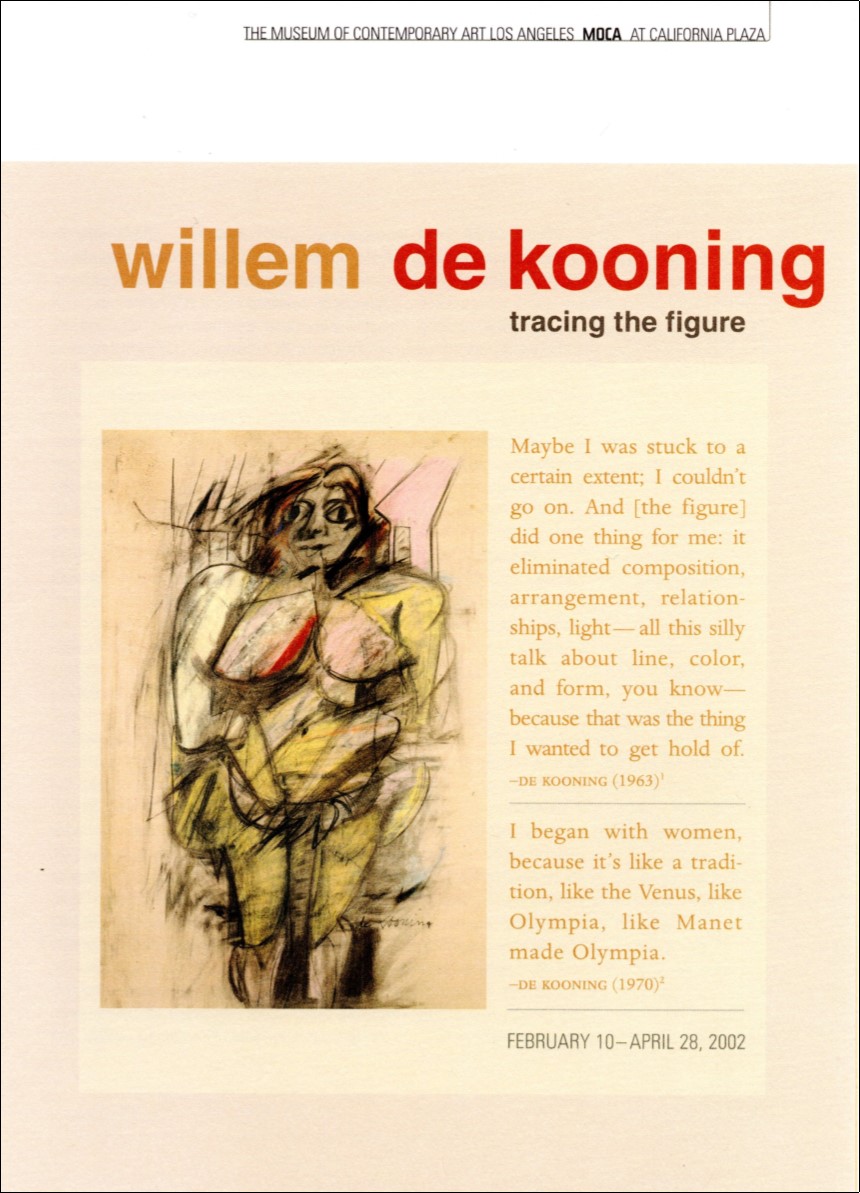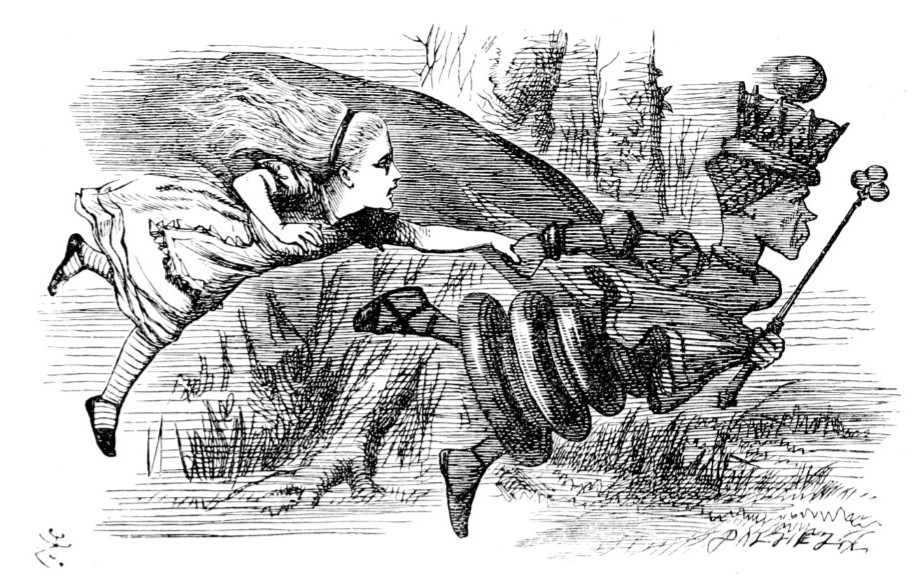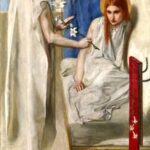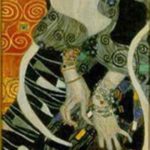I was on summer vacation from school, home alone with the TV on. A pre-teen, I didn’t know I was watching one of the most celebrated movies of all time, nor did I know the controversy it had caused.1 Nevertheless, I was riveted by the structure of the story – how it jumps around in time, how it is told from multiple points of view. I’ve seen Citizen Kane many times since that Saturday afternoon; it became one of my favorite movies, one I can watch over and over again. I can also put on the DVD while busy with something else and be guaranteed that for the next two hours, I can look up at any time and find what I see and hear to be engaging in any number of ways.
Citizen Kane is a cautionary tale of the potential dangers of power and the ultimate consequences of megalomania. The screenplay by Herman J. Mankiewicz and Orson Welles is superlative, full of great lines and scenes; Mr. Bernstein’s account of seeing the young woman on the ferry – “… A white dress she had on. She carried a white parasol. I only saw her for one second…” – is perhaps my favorite sixty seconds of movie dialogue, ever.
However, what I like most about the film is the look of it, its striking atmospheric quality. I don’t know much about film history, but from what I understand, American movies changed visually in the wake of Citizen Kane. Some of the highlights are showy – the camera going through the neon sign and into the skylight of the El Rancho nightclub; Susan Alexander Kane’s opera debut during which the camera is on her, then follows the shadow of the curtain going up and continues rising until it reaches two stagehands on a catwalk high above the stage. Although shots such as these are some of the most immediately arresting of the film, most of my favorite moments are much more subtle.
- In the opening sequence, one sees the grounds of Xanadu, Kane’s San Simeon-like estate. From the front gate, through several shots as the camera gets closer and closer to the mansion, Kane’s lit bedroom window, no matter from what distance or from what angle it is viewed, always occupies the same location in the upper right of the screen.
- In the News on the March newsreel segment, Charles Foster Kane, Emily Monroe Norton Kane, and Charles Jr. are shown in a newspaper photograph while the voice-over tells of the latter two’s deaths in an automobile accident. Much later in the film, after Kane’s speech at the political rally at Madison Square Garden, one sees this photo being taken.
- In the picnic scene, Kane and Susan are arguing in the tent, and he slaps her. She looks up, her face hardened, and says, “Don’t tell me you’re sorry.” His reply is a deadpan “I’m not sorry,” and as the shot dissolves into the next scene, her left eye turns into an eye in the design of a stained-glass window at Xanadu.2
I’d probably watched the film at least half a dozen times before I noticed these details, but have relished them each time I’ve seen it since.
The screen-filling screeching cockatoo is a decidedly unsubtle moment, one which is both aurally and visually jarring. In This is Orson Welles,3 the book of interviews conducted by Peter Bogdanovich, Welles claimed it was simply a startling, dramatic effect placed late in the picture to wake up any dozing audience members. I’m certainly not a dedicated cinephile – I would barely describe myself as even a casual moviegoer, but I do have a theory about this particular shot. In Jed Leland’s flashback, he tells of the first time Kane and Susan met. That evening Charles entertained her by, among other activities, making a hand shadow puppet, which she guessed to be a giraffe or an elephant. In response, he chuckled, “It’s supposed to be a rooster” – it’s a lighthearted moment, one of the very few in the film where Kane seems happy. The cockatoo appears in the butler Raymond’s remembrance of the day Susan flew the coop, so the birds bookend the relationship, the ending of which left Kane a completely broken man.
I don’t know that Citizen Kane has directly influenced my painting, although, looking at the three stills above, one does wonder. The story itself is not inspiring at all – Charles Foster Kane quickly lost any artistic vision or creative impulse he may have possibly once possessed – but the manner in which it’s told certainly is. Like other notable works to which I was exposed at a young age, I think in Citizen Kane I recognized perhaps the most important concepts a prospective artist can contemplate – ambition and possibility.
1 Before the 1941 release of Citizen Kane, gossip columnist Hedda Hopper told William Randolph Hearst it was about him. Hearst contacted Louella Parsons, his own Hollywood gossip columnist, and ordered her to screen the film. After doing so, Parsons told Hearst that Kane was a thinly-veiled hatchet job on him. An infuriated Hearst banned any mention of the movie by his media empire, and publicly attacked director Orson Welles. In an attempt to avoid Hearst’s wrath from coming down on the entire industry, MGM chief Louis B. Mayer, on behalf of the top Hollywood movie moguls, offered RKO Radio Pictures more than the full production cost of the film so they could burn it. When that failed, the major studios refused to let Kane play in their theaters, so it couldn’t be widely seen – it lost money and was exiled to RKO’s vault until the mid-’50s. I’m sure that as I sat in front of the television that day, I was only aware of the name William Randolph Hearst because I had heard it on the news in 1974, when his granddaughter Patty was kidnapped by the Symbionese Liberation Army.
2 My old friend Chris B. studied film and was much more knowledgeable than I on the subject of Citizen Kane. He was the projectionist for a college film class, and each semester would provide me with a schedule so I could sit in on any of the screenings. I would always make time on the day Kane was shown – although VCRs were then becoming popular, I wouldn’t have one until well over a decade later, so I didn’t have many other opportunities to see it. He once asked me about my favorite parts in Kane and was surprised I had noticed the stained-glass eye; it was one of his favorite images in the movie, as well. Sadly, Chris passed away in 2001, shortly before his thirty-seventh birthday. We’d known each other for over twenty years.
3 Jonathan Rosenbaum, editor; HarperCollins (1992). My copy is the revised Da Capo Press edition (1998). The collection is a fascinating look at Welles’ life, art, and insights into a multitude of other subjects. If nothing else, it proves that he was much more than the man behind the War of the Worlds radio broadcast and Citizen Kane, which he didn’t even consider his best film. I haven’t seen a lot of them, but think in addition to Kane, The Stranger and Touch of Evil are especially notable.







































